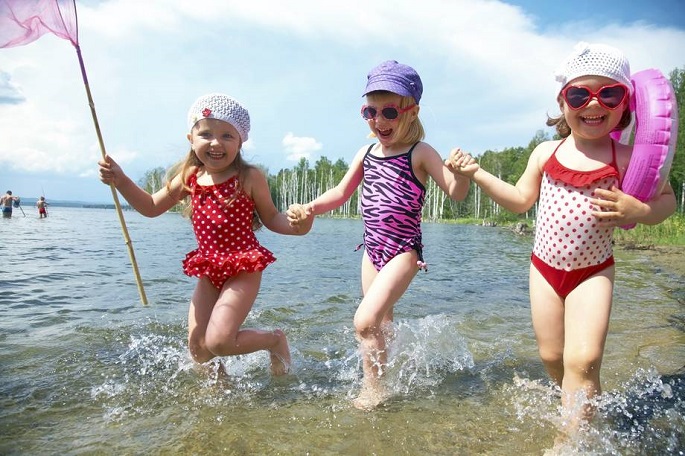95% Finnish beaches safe for swimming: EEA
Published : 10 Jun 2023, 01:02
The majority of bathing waters in Finland, almost 95 per cent, were classified as being of excellent or good quality, according to the European Environment Agency’s (EEA) recently published bathing water report.
The report contains bathing water quality data from all public beaches, which corresponds to the previous monitoring period, said the National Health Index published by the Finnish Institute for Health and Welfare (THL) in a press release on Friday, referring to the report.
In the summer of 2022, Finland had a total of 303 public beaches, 225 of which were inland and 78 coastal beaches.
Five, or 1.7 per cent, of the beaches were categorised in the lowest acceptable sufficient water quality class.
Additionally, the quality of bathing water on seven beaches (2.3 per cent) was classified as poor, which is three more beaches than in the previous monitoring period.
More than 96 per cent of inland bathing waters were classified as excellent or good quality. Almost 90 per cent of all coastal bathing waters were classified as excellent or good.
Four of the seven bathing waters classified as poor were on an inland beach, and three were on a coastal beach.
Only four new beaches in Finland were left without a quality classification, as water quality had not been monitored for long enough yet.
The report on European bathing water quality classifies the quality of bathing water on the beaches where the water’s concentrations of bacteria indicating intestinal contamination have been monitored regularly over four bathing seasons.
The monitoring of bacteria concentrations enables, for example, assessing the impact of wastewater on the bathing water.
“Although most of the bathing waters have been classified as either excellent or good, the number of poor-quality bathing waters has increased, which is a shame. The bathing water of some beaches has been classified as poor for several consecutive years. In such cases, investigating the cause of intestinal contamination is important in order to take measures to improve the quality of bathing water. For example, wastewater that has ended up in bathing water, faeces of wild animals and stormwater in urban areas may deteriorate the quality of bathing water,” said Outi Zacheus, Senior Planning Officer of the THL.
Basic data on individual beaches and bathing water classifications based on monitoring are available on EEA’s online service.
Even though municipal health protection authorities monitor the occurrence of blue-green algae in bathing water in Finland, the abundance or frequency of blue-green algae occurrences is not taken into account when defining bathing water quality according to the bathing water directive.
“If the occurrence of blue-green algae is very frequent, the municipal health protection authority may recommend avoiding swimming or impose a temporary swimming ban on the beach. Swimming in bathing water classified as excellent or good may also be banned due to blue-green algae,” Zacheus added.
The Finnish Institute for Health and Welfare reports the results of municipal health protection authorities’ bathing water monitoring to the European Commission annually.
The recently published report is based on the monitoring in the bathing seasons of 2019–2022. The report consolidates country-specific bathing water quality summaries and the monitoring results of about 22,000 European beaches.


